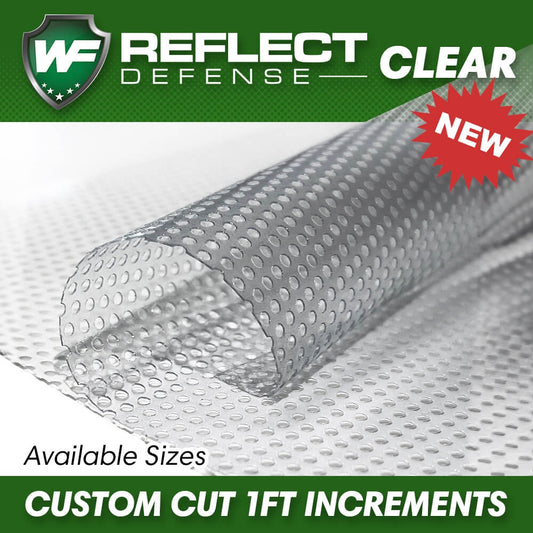In this article, we'll explore why window reflections cause artificial turf to melt, the costs associated with not addressing the problem early, and the best solutions to prevent turf burn.
Artificial turf is a popular landscaping choice for many homeowners, especially in hot, sunny regions like Florida, Texas, California, Arizona, and Nevada. However, the same sunlight that makes these areas ideal for outdoor living can also cause significant damage to artificial turf.

Why Does Turf Begin to Melt?
Artificial turf is primarily made of polyester, which has a melting point of approximately 168°F (75.6°C). In the extreme heat of the Sunbelt region, window reflections can easily raise the temperature of artificial turf above this melting point, causing it to burn and deteriorate. While colder climates are not immune to this problem, the issue is more pronounced in hot, sunny areas.
The Cost of Not Addressing Turf Burn Early
Ignoring the early signs of turf burn can lead to costly repairs and replacements. As the damage spreads, larger sections of the artificial turf will need to be replaced, increasing the overall expense. In some cases, the entire turf installation may need to be redone, which can cost thousands of dollars. The cost of repairing melted turf can range from $500 to $5,000 or more, depending on the extent of the damage.
Best Way to Avoid Artificial Turf from Melting
The most effective way to prevent artificial turf from melting is by installing anti-reflective window film. One such product, Reflect Defense Window Film (previously marketed as Turf Shield Window Film), is specifically designed to prevent sunlight from refracting off windows onto artificial turf. This film's anti-reflective properties make it an ideal solution for protecting your investment in artificial turf.
Types of Low-E Glass and Their Impact on Turf Burn
| Low-E Glass Type | Composition | Solar Heat Gain Coefficient (SHGC) | Turf Burn Risk |
|---|---|---|---|
| Single Silver | One layer of silver | 0.37 - 0.49 | Low |
| Double Silver | Two layers of silver | 0.27 - 0.38 | Moderate |
| 366 (Triple Silver) | Three layers of silver | 0.20 - 0.34 | High |
The primary culprit behind turf burn is triple silver glass, also known as 366 glass. This high-performance glass has a low SHGC, which means it reflects a significant amount of solar energy. When combined with seal failure or different barometric pressures, 366 glass can flex, creating a concave section that concentrates sunlight like a magnifying glass, scorching artificial turf and other polyester or polyethylene-based materials.
Other Window Film Options for Preventing Turf Burn
While some window film manufacturers, such as 3M and Avery Dennison, claim their solar control products can prevent artificial turf from melting, these films are primarily designed to reduce heat inside buildings. Avery Dennison's Optitune 75, for example, has a high heat absorption rate that can cause thermal expansion and glass breakage. 3M's Prestige Window Film, an exterior application, has a lower heat absorption rate but may not be 100% effective in preventing turf burn.
Other Options to Prevent Turf Burn
- Install awnings or shade structures over the affected areas
- Plant trees or tall shrubs to block window reflections
- Use turf with higher heat resistance (e.g., nylon or polyethylene)
- Regularly water the turf to help dissipate heat
Conclusion
Protecting your artificial turf from window reflections is crucial to maintaining its appearance and longevity. By understanding the causes of turf burn and investing in the right solution, like Reflect Defense Window Film, you can prevent costly damage and ensure your landscaping remains beautiful for years to come. Don't wait until it's too late – take action now to safeguard your artificial turf from the harmful effects of window reflections.






